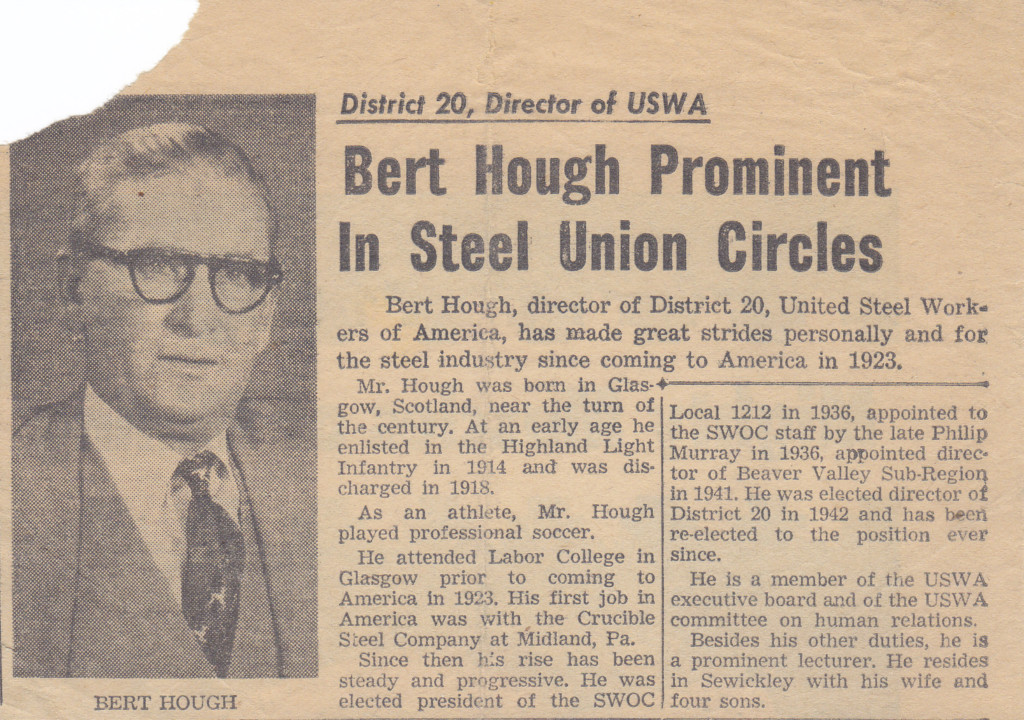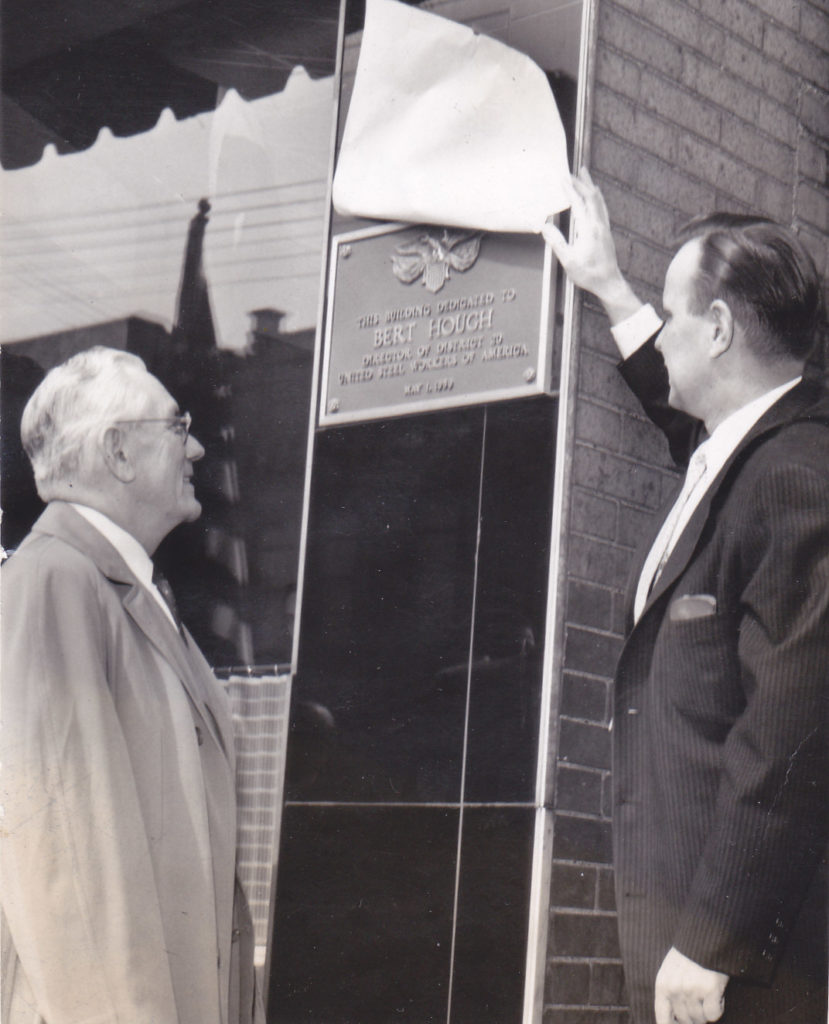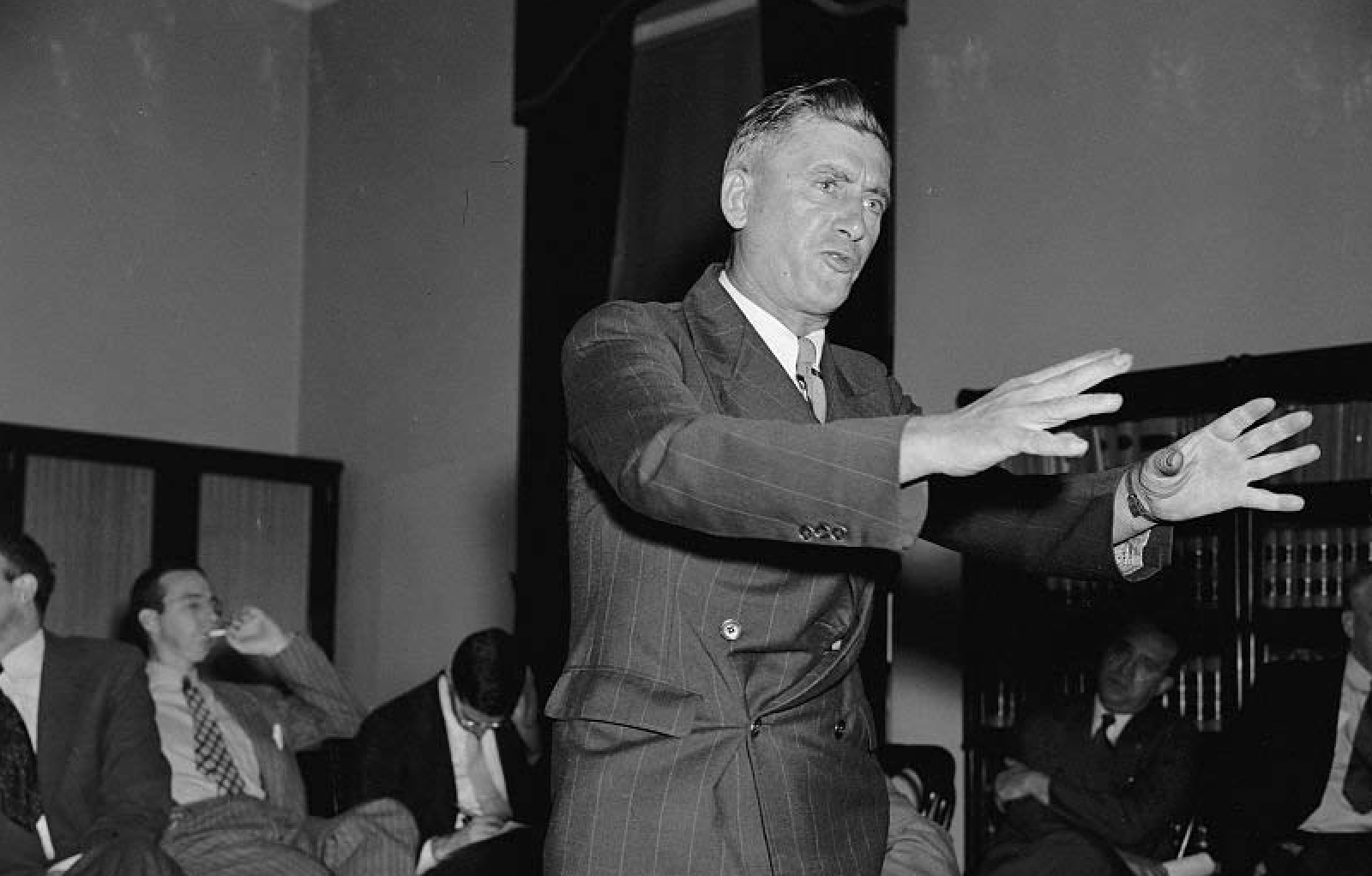Today, on this Labor Day, I’d like to reflect on the personal meaning labor has for my family.
There was a time when 40-hour work weeks, eight hour days and a minimum wage weren’t the norm in the United States, but unions and organized labor made that a reality.
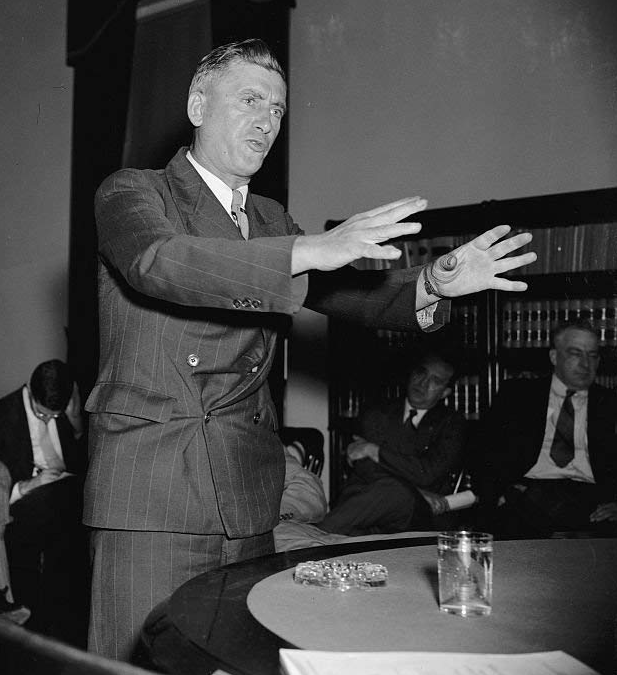 There once was a time when health insurance and retirement plans weren’t reasonable expectations of a full-time job, but unions and organized labor helped make that a reality too – along with child labor laws, collective bargaining, maternity leave, overtime, sick leave, workplace safety oversight, even lunch breaks.
There once was a time when health insurance and retirement plans weren’t reasonable expectations of a full-time job, but unions and organized labor helped make that a reality too – along with child labor laws, collective bargaining, maternity leave, overtime, sick leave, workplace safety oversight, even lunch breaks.
My grandfather, Bert Hough, was one of those labor leaders of an earlier era who worked to first organize labor at his workplace into a force to stand as equals with management.
The era was the 1920s, and the location was the Crucible Steel Works along the Ohio River in Midland, Pennsylvania, about 35 miles northwest of Pittsburgh.
An immigrant to the United States from Scotland, and a survivor of the Gallipoli and Western Front campaigns in World War One, Bert was known to be fearless – but life in the mill was no less demanding or dangerous. There were few, if any, protections for workers if someone was injured or killed on the job. Employee recourse was non-existent.
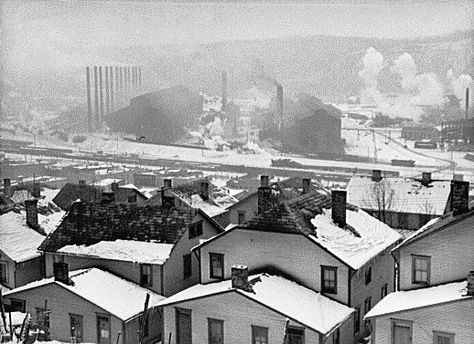 Bert arrived in the United States in 1923, and like all new mill employees, began as a scarfer retouching raw steel to remove imperfections. Slowly but surely, he rose through the ranks of leadership, and by the time of the Stock Market Crash in 1929 was actively working to organize workers at his plant.
Bert arrived in the United States in 1923, and like all new mill employees, began as a scarfer retouching raw steel to remove imperfections. Slowly but surely, he rose through the ranks of leadership, and by the time of the Stock Market Crash in 1929 was actively working to organize workers at his plant.
Unlike organizing in a major city, Bert’s activism presented problems living in a small “company town” like Midland, where everyone knew each other’s business, and city services and the police were recruited and paid for by Crucible.
Intimidation, violence, and even bomb threats were a part of the blowback to the organizing process that demanded courage. But with support from mill colleagues and fellow organizers, Bert and his team prevailed, and in 1936 he founded United Steelworkers Local 1212 as the local’s first president.
By the time the U.S. entered World War II in 1941, Crucible Steel’s Midland Works was the largest producer of tool-grade steels in the United States, and Crucible manufactured more types of steel than any other company during the war era. Bert, meanwhile, was elected District 20 director of the United Steelworkers upon the founding of the overall USW in 1942, a position he held until his death in 1960.
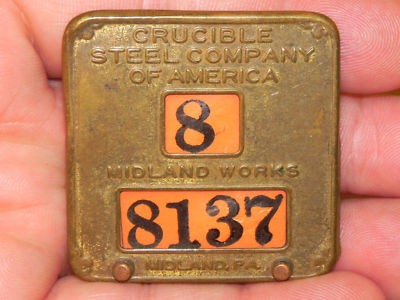 The Crucible mill’s stability, and versatility, was enabled not just by the ability and expertise of its employees, but by organized labor and Local 1212’s apprenticeship program, which continues to this day.
The Crucible mill’s stability, and versatility, was enabled not just by the ability and expertise of its employees, but by organized labor and Local 1212’s apprenticeship program, which continues to this day.
That stability was also guaranteed as part of the expectations for workers as spelled out in the National Labor Relations Act of 1935, which remains the gold standard upon which labor operates in the U.S.
The stability the United Steelworkers brought to the region also benefited my father, who became a steelworkers lawyer, thereby enabling my middle class upbringing. He eventually went into private practice, argued before the United States Supreme Court and was an expert on collective bargaining, which he later taught at the University of Pittsburgh Law School.
And that stability also improved the region’s environment. When tough pollution standards were proposed following the war in 1945 so the air, water and natural ecology of Western Pennsylvania would no longer be irreparably harmed by industry, labor was a willing partner.
By 1982 the era of Big Steel had largely come to an end in Western Pennsylvania, and the era of collective bargaining is now threatened by the Janus v. AFSCME decision. But thousands of workers around the nation continue to work today under contracts that guarantee them benefits and a livable wage, negotiated in good faith by labor and management.
The National Labor Relations Act also remains the law of the land, which is why the “reason for the season” is so critical to remember today, on Labor Day, first celebrated as a federal holiday in 1894.
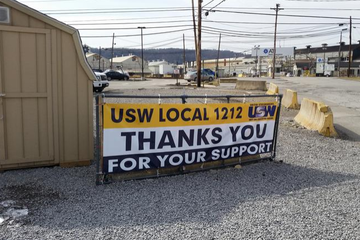 I hope you and your family enjoy your time together on this day enabled by the labor movement.
I hope you and your family enjoy your time together on this day enabled by the labor movement.
And if you’re ever along the Ohio River in Midland, Pennsylvania, the Bert Hough building that served as the union hall for USW Local 1212 still stands at 617 Midland Ave., now the site of a Pennsylvania Cyber school after Local 1212 moved to new offices in 2010.
For more on my grandfather’s professional soccer career, war experience, and political engagement prior to his emigration to the United States, please visit this extraordinary article published by The Thistle Archive, a organization of Glasgow-area researchers, writers, commentators, and fans of Partick Thistle Football Club (FC) committed to preserving its history and legacy. My sister and I are deeply indebted to the incredible wealth of historical information The Thistle Archive has provided our family with this lovingly-researched article. Thank you. #WeAreThistle
Photos by kind courtesy of George W. Harris, Mark Grago, Keith Schneider, and Tony Tepsic.
